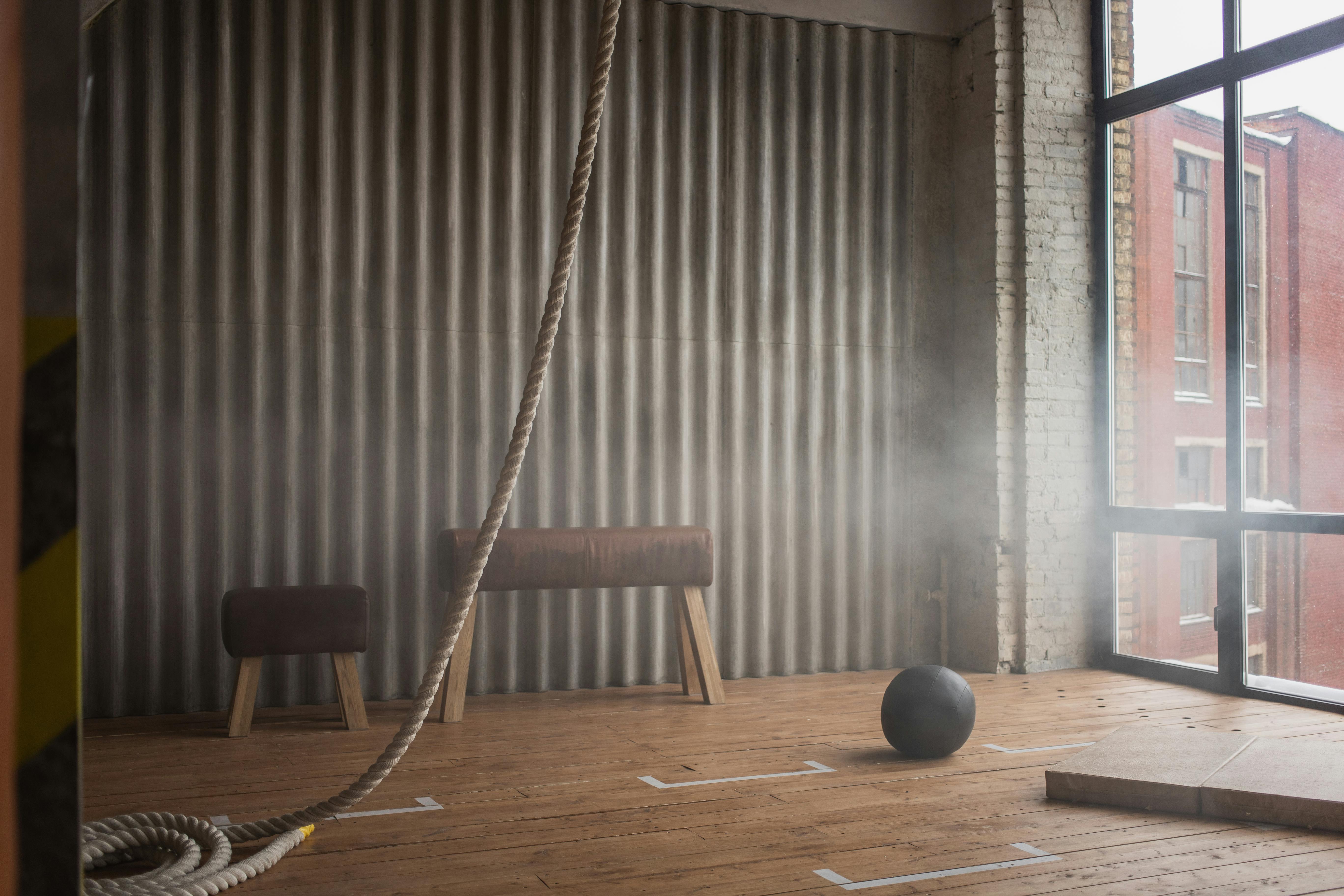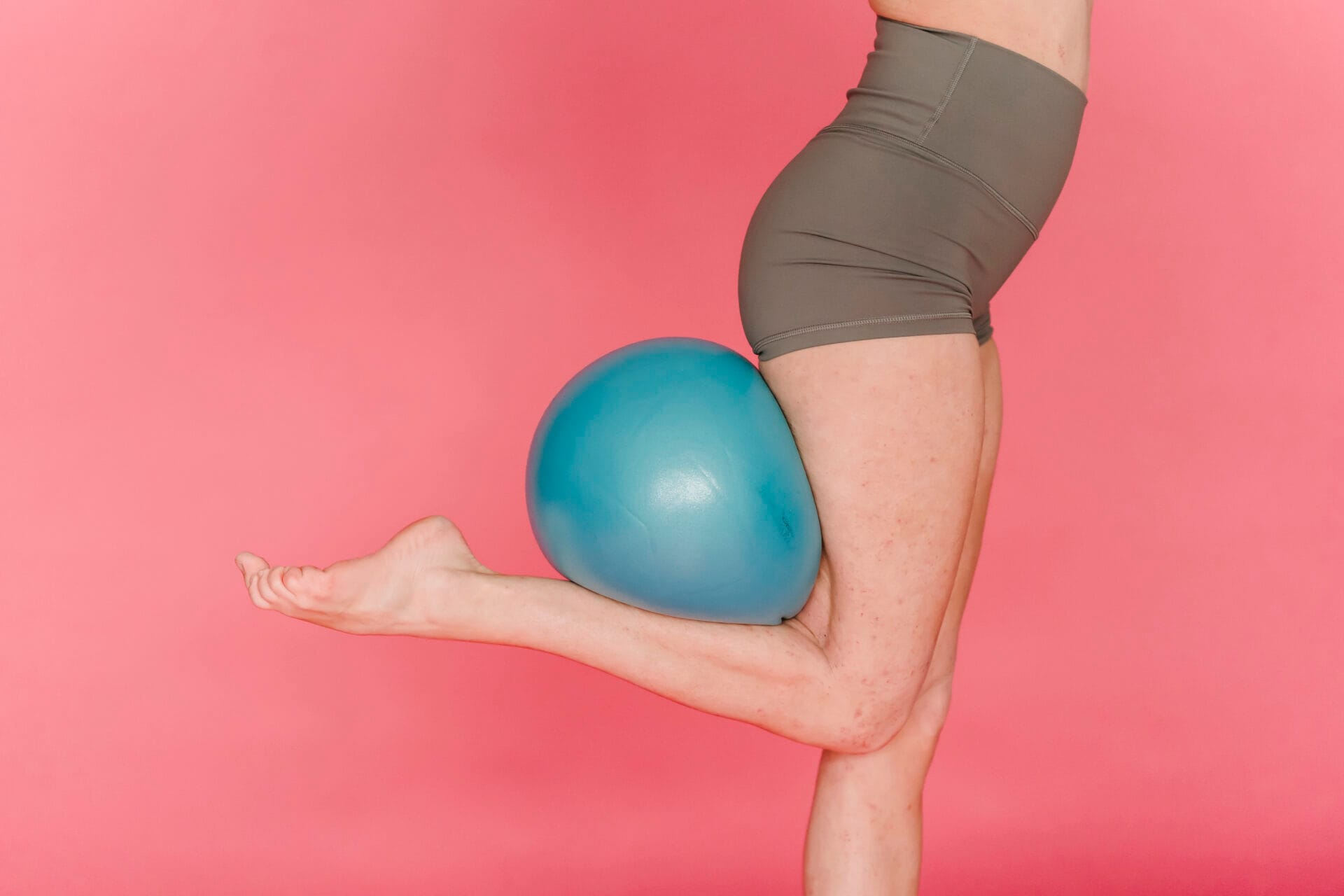Curving a wiffle ball is a great way to add a little extra finesse to your game. With practice and determination, you can be throwing wicked curveballs with ease in no time. In this guide, we’ll cover the basics of how to curve a wiffle ball and provide some tips for perfecting your technique.To curve a Wiffle ball, hold the ball with your index and middle fingers at the two-thirds point of the ball. Place your thumb on the bottom third of the ball. Make sure your grip is tight and your hand is slightly off center. When throwing, aim for a spot on the wall that is about 10 to 15 feet away from you. As you release the ball, wrist snap in an upward motion to create backspin and curve.
What Is A Wiffle Ball?
A Wiffle Ball is a hollow plastic ball with eight oblong slots cut into it. It is used mainly for the game of the same name, which is a variation of baseball. The game originated in America in the 1950s and has since become popular all over the world. The ball is designed so that it can be thrown with an easy, light grip and can travel long distances with minimal effort. It also produces an unpredictable movement when thrown, making it suitable for competitive play.
The game of Wiffle Ball is usually played between two teams of two or more players each. Each team takes turns batting and fielding and the game typically lasts around 30 minutes to an hour. The objective is to score more runs than your opponent by hitting the ball with a plastic bat and running around four bases before being caught out by the opposing team’s fielder. The ball can be thrown in various ways to make it harder for hitters to hit, such as pitching high or low, throwing curves and spin.
Wiffle Balls are widely available from toy stores, sporting goods stores, and online retailers. They come in various sizes ranging from 4 inches to 10 inches in diameter and are available in both yellow and white colors. Most often they come packaged as part of a kit that includes a bat, base set, scorepad, markers and other accessories necessary for playing the game.
Wiffle Ball has become a popular sport among children as well as adults due to its accessibility and simplicity. It’s also great for backyard family fun or competitive team play among friends or even strangers!
Benefits Of Curving A Wiffle Ball
Curving a wiffle ball is a great way to add variety and challenge to your game. It also allows for more control and accuracy, which is important in any sport. With curving a wiffle ball, it is possible to create different angles and speeds of release, making it easier to catch and throw accurately. This can lead to better performance on the field or court. In addition, curving a wiffle ball can help a player perfect their technique, as it requires great focus and skill.
Another benefit of curving a wiffle ball is that it offers an enhanced level of safety. Since the ball is lighter than other types of balls, it reduces the risk of injuries that may occur from playing with heavier balls. This can be especially beneficial for younger players who are just learning the sport or those who are not used to playing with heavier objects. Furthermore, since the curve of the wiffle ball creates an unpredictable angle when thrown or hit, it makes it harder for opposing players to anticipate where the ball will go next.
Finally, curving a wiffle ball helps improve overall hand-eye coordination and reaction speed. This type of practice helps players become more aware of their surroundings and how quickly they can react when necessary. It also helps them develop better coordination as they learn how to adjust their movements in order to catch or throw accurately with the curved trajectory of the wiffle ball. All in all, curving a wiffle ball is an excellent way to challenge yourself and improve your game in many ways!
The Grip For Curving A Wiffle Ball
Curving a wiffle ball is an art that requires certain techniques and the right grip. When gripping the wiffle ball, it is important to apply the proper amount of pressure and use the correct fingers. The index and middle fingers should be placed on the seams of the ball, while the thumb should rest on top of it. This grip will not only help generate spin on the ball but also control its speed and direction. It is important to note that different grips may be needed depending on which type of pitch you are attempting to throw. For example, a sinker pitch requires you to keep your fingers close together, while a slider pitch requires a more spread-out grip with your fingers further apart.
It is also important to pay attention to how the pitcher releases the ball from his hand. The release point should be consistent with every pitch so that you can get a feel for what type of spin and movement will occur when it leaves your hand. Additionally, make sure to follow through with your arm towards home plate in order to get maximum velocity and accuracy from each pitch. Finally, practice regularly in order to perfect your curveball technique and ensure that you can consistently throw strikes with this pitch.
Step 1: Prepare the Wiffle Ball
The first step to curving a Wiffle ball is to prepare the ball for pitching. To do this, you will need to rub the ball with some graphite powder or shaving cream. This will make it easier for the pitcher to grip and control the ball when he throws it. Once you have rubbed the ball with either of these items, you should also massage it in your hands. This will help loosen up any tight spots and keep the ball from becoming too slippery.
Step 2: Grip and Throw the Ball
The next step in curving a Wiffle ball is to grip and throw it properly. When gripping the ball, make sure that your index finger is placed along one of the seams of the ball and your other fingers should be spread out on either side. When throwing the Wiffle Ball, make sure that your wrist snaps down and your arm follows through all of the way. This will ensure that you get maximum spin on the ball when it is released.
Step 3: Practice Makes Perfect
The last step in curving a Wiffle Ball is practice! The more often you practice throwing a curved Wiffle Ball, the better you will become at it. Start by throwing from various distances and angles until you find something that works best for you. Once you have mastered this technique, then you can move on to practicing different types of pitches such as knuckleballs or sliders.
Remember that practice makes perfect! With enough time and effort, anyone can learn how to curve a Wiffle Ball effectively.

Adjust Your Arm Angle For Optimal Curve On A Wiffle Ball
Creating an effective curve on a wiffle ball pitch is an essential skill for any pitcher. The key to success lies in proper arm angle, as this will determine the angle of the ball’s rotation and the amount of break. To ensure optimal performance, it is important to adjust your arm angle so that it’s in line with the desired trajectory of the pitch.
The first step is to determine your target trajectory. This can be done by standing in front of a wall and imagining where you want the wiffle ball to go. Once you have a clear idea of where you want the pitch to go, you can then adjust your arm angle accordingly. Generally speaking, if you want more break on the pitch, you should lower your arm angle; conversely, if you want less break, you should raise your arm angle.
Next, it’s important to practice making adjustments to your arm angle while pitching. This can be done by pitching from different distances and seeing how different angles affect the trajectory of the wiffle ball. It is also helpful to practice with a partner who can provide feedback about how your pitches are performing with each adjustment in angle.
Finally, once you have adjusted your arm angle for optimal curve on a wiffle ball, it’s important to practice consistently in order to perfect your technique. This will help ensure that when game time comes around, you are ready with an effective pitch that will catch even the most experienced batters off guard!
Changing Direction Of Curve On A Wiffle Ball
One of the most important skills a pitcher must have is the ability to throw a curveball. A curveball is any pitch that changes direction as it crosses the plate, causing it to break away from the batter. It can be difficult to master, but there are some tips and tricks that can help you learn how to change direction of curve on a Wiffle ball.
The first step in learning how to change direction of curve on a Wiffle ball is to understand the basics of throwing a curveball. A basic curveball requires you to use your wrist and fingers in order to make the ball spin and move in different directions. The spin causes the ball to break away from the batter as it crosses the plate.
Once you have mastered the basics of throwing a curveball, you can begin to experiment with different grips and arm movements that will help you achieve more movement on your pitches. One popular grip for throwing a curveball is called the “knuckle-curve”, which involves gripping the ball with only your knuckles while creating an angle between your thumb and index finger. This grip allows for more movement on your pitch as it travels towards home plate.
It’s also important to practice adjusting your release point when throwing a curveball; this will help you control where and how much movement you get on each pitch. By changing where your hand releases from (either close or far from your body), you can control how much break or spin you get on each pitch.
Finally, practice makes perfect! The more time you spend practicing different grips, arm movements, and release points, the better control you will have over each pitch thrown. With enough practice, any pitcher can learn how to change direction of curve on a Wiffle ball!
Develop a Proper Grip
One of the most important aspects of increasing spin rate on your wiffle ball curveball is developing a proper grip. You want to make sure you have a good grip on the ball, with your fingers placed firmly around it. This will help you control the spin and increase the speed of your pitch. You can experiment with different grips to find one that works best for you.
Focus on Your Arm Motion
Once you have a proper grip, it’s time to focus on your arm motion. You want to make sure that you have enough momentum when throwing the ball so that it spins properly and quickly. Make sure that you are using your entire arm when delivering the pitch, not just your wrist or elbow. The more fluid and powerful your motion is, the faster and more accurate your pitch will be.
Practice Regularly
As with any skill, practice makes perfect when it comes to increasing spin rate on a wiffle ball curveball. Make sure that you practice regularly so that you can hone your technique and improve consistency with each pitch. Start by focusing on smaller goals such as improving accuracy rather than trying to throw faster pitches right away.
Use Reliable Equipment
In order to get the most out of each practice session, it’s important to use reliable equipment. Make sure that you are using quality wiffle balls and other equipment so that they don’t affect the speed or accuracy of your pitches. Worn out equipment can lead to decreased spin rate, so replace them regularly.
Work On Your Follow Through
Finally, make sure that you work on your follow through after each pitch to ensure maximum spin rate. You want to make sure that you drive through each pitch all the way until your arm is in its final position after releasing the ball. This will help generate more power and speed behind each curveball, resulting in greater spin rate.

Conclusion
Learning how to curve a Wiffle Ball is an easy skill to master but it does require some practice. It’s important to remember to keep your wrist and elbow in line with the ball, use a consistent release point, and practice your pitch until you feel comfortable with it. With a little practice, you’ll be able to throw a curveball that your opponents won’t see coming!
By mastering the proper form and technique for throwing a curved Wiffle Ball, you can become an ace pitcher in no time. From kids to adults, anyone can learn the basics of curving a Wiffle Ball and take their game up a notch. So get out there and start practicing!




